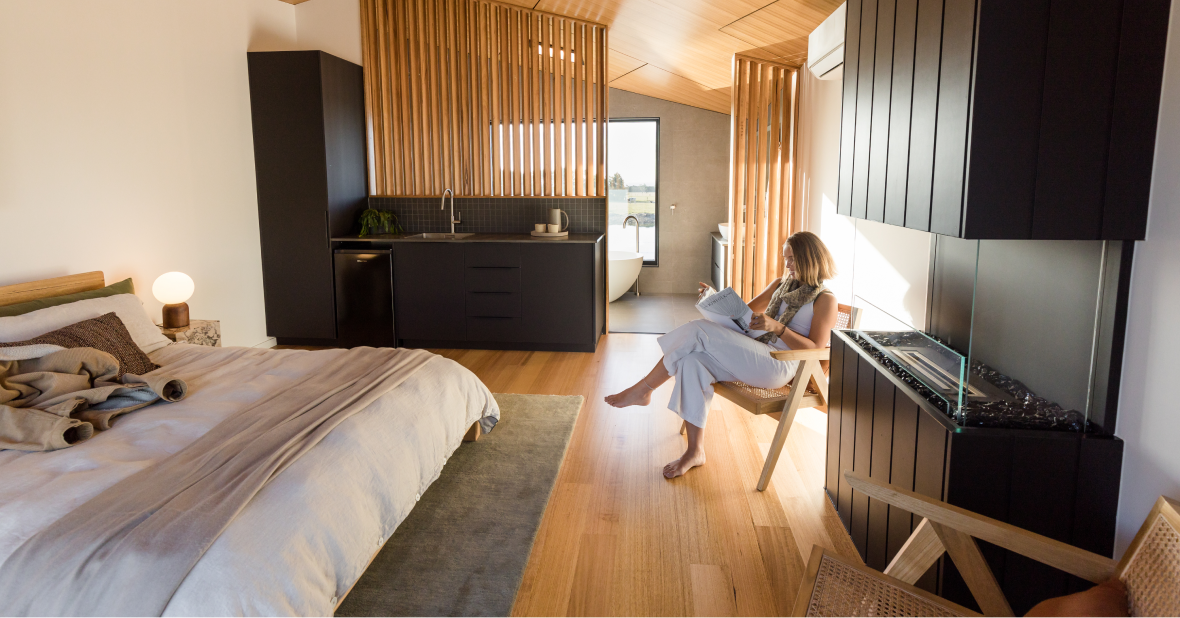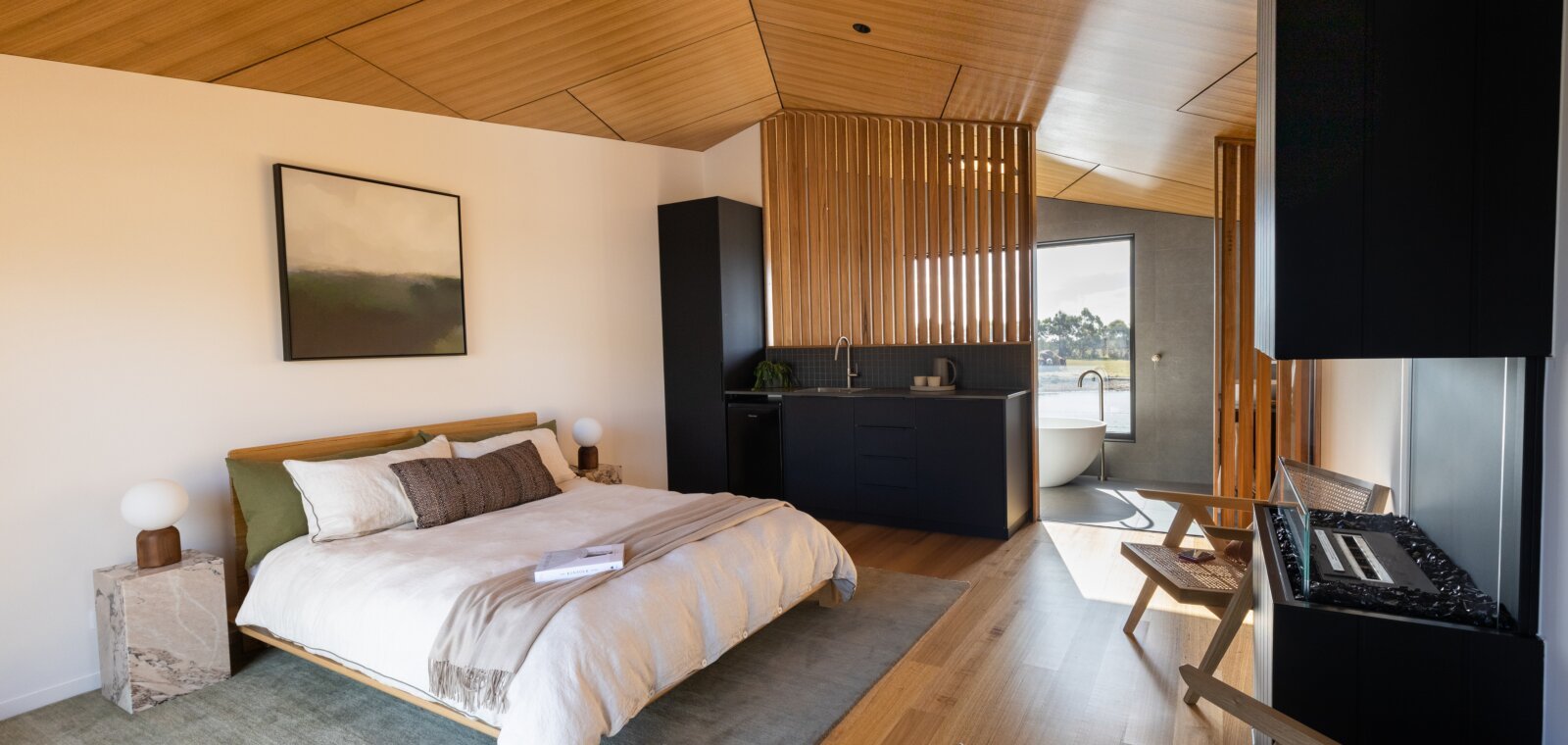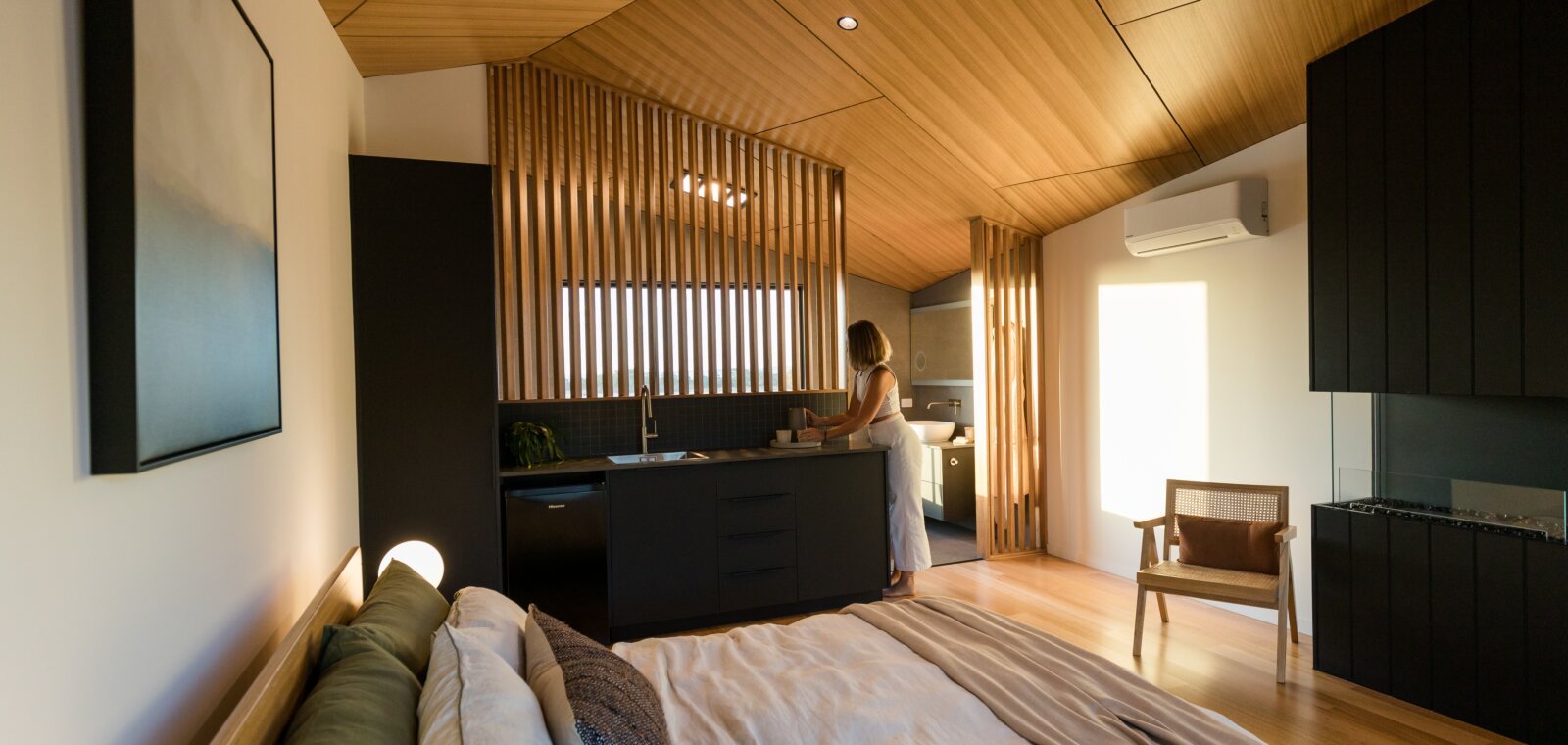Ethanol fireplaces
From a concept sparked by the humble spirit stove, ethanol fireplaces might be the ‘newest’ of the fire mediums, but they are certainly creating a buzz around the world and continue to undergo an amazing evolution.
Driven by consumer demand for more eco-friendly fires that fit with residential, hospitality and commercial spaces, the versatility of ventless ethanol fireplaces (they don’t need a chimney or flue!) has seen them installed in literally thousands of homes (including apartments, flats and condos), bars, restaurants, cafes, hotels, resorts – even cruise liners!
Want to know why they’re so popular? Here we provide an overview of ethanol fireplaces.
What are ethanol fireplaces?

Put simply, an ethanol – also known as bioethanol – fireplace is a ventless fireplace that uses alcohol-based ethanol (known as methylated spirits in some parts of the world) as its fuel source. It’s a renewable energy source and produces a clean, smokeless form of heat, leaving a zero carbon footprint. The result is real flame ambience without the emissions, smoke, soot or odour associated with wood-burning fires. Better for us all and for the environment!
Ethanol fireplaces don’t require any pipes, flues, chimneys or utility connections, which means they’re easy to install – and they can be installed in spaces where traditional fireplaces can’t be (such as condos and apartments). The design options are virtually limitless – and they can be freestanding, built-in, and used for indoor or outdoor use.
One ethanol fireplace brand that has helped pave the way is EcoSmart Fire, which since 2004 has established the benchmark for vent-free ethanol fireplaces.
“When used as fuel for heating, clean-burning ethanol is very environmentally friendly. Not only that, but it also provides incredible versatility for installation across a myriad of indoor and outdoor spaces,” explains Stephane Thomas, Director of MAD Design Group and creator of the EcoSmart Fire.
“Bioethanol fires don’t need chimneys, flues or utility connections, making them the ideal solution for installing into residential and commercial spaces – even apartments and condos. The possibilities really are endless – our EcoSmart Fires have been installed into walls and part-walls, tabletops, cabinetry and used as room dividers and connectors, among many other great installations!”
Stephane Thomas, Director of MAD Design GroupThere are various types of ethanol fireplaces available: freestanding, portable fireplaces; zero-clearance fireplace inserts, which enable customised, built-in fireplaces to be installed into non-combustible surrounds; and ethanol burners, which can be installed on non-combustible surfaces (ensuring it doesn’t cause any safety issues).
There are even special fireplace grates that enable you to transform a traditional wood fireplace into a contemporary, eco-friendly bioethanol fireplace.
Types of Ethanol Fireplaces

From built-in ethanol fireplaces to freestanding, portable fires, the beauty of this type of fireplace is the flexibility or, as Stephane Thomas describes it, “design and installation freedom”.
“Over the years, we have worked with thousands of designers, architects, builders, developers, homeowners, hospitality and commercial operators to create tailored fire solutions that address the needs of the end-users and the types of architectural environments where they’re being installed,” Thomas says. “It’s also helped us finesse and evolve our own ranges and also introduce new models and series that meet demand and further underscore their versatility – like our Flex Series, which provides the ultimate in design freedom.”
Whether you’re after an indoor fireplace or outdoor fireplace, there are models that can meet your needs including:
- Zero-clearance fireplace inserts (think recessed fireplaces, wall-mounted or partial-wall-mounted fires, fires within cabinets, fires set beneath flat-screen TVs, pillar-style fires, fires within kitchen island benches, fires used as dividers, or as room connectors…)
- Built-in ethanol fires
- Freestanding, portable ethanol fireplaces
- Fire tables
- Fire pits
- Fire pit kits (for a tailor-made fireplace)
- Ethanol Burners (for installation into customised settings). And whether you’re after a compact or elongated burner, a round, square or horizontal model, EcoSmart Fire has one to suit.
There are even ethanol fire solutions that enable you to transform your existing wood-burning fireplace (whether used or unused) into a contemporary, eco-friendly open fire. EcoSmart’s ventless, self-contained Grate Series can simply be slipped into pre-existing fireplaces and lit within minutes. This fireplace conversion in a Federation home in Australia is the perfect example of how new life can be easily breathed into an existing wood-burning fireplace.
What is ethanol/bioethanol?
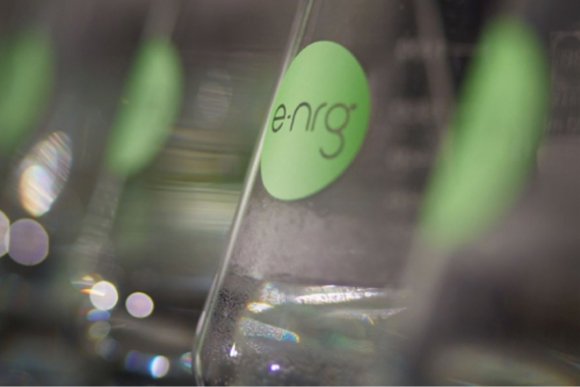
Ethanol is pure alcohol. It’s also known as bioethanol, ethyl alcohol and ‘bio fuel’, and is a ‘green fuel’ made from renewable sources. It’s a grain alcohol made by fermenting the sugar and starch components of plant by-products like sugarcane, corn and grain. One of the key benefits of using ethanol as a fuel is that it burns very cleanly, producing only heat, water vapour and carbon dioxide – no harmful gases, soot or sparks. It means that ethanol fireplaces can be installed without a vent or flue – and they can be installed in many locations where it would be impossible to have a wood-burning fireplace.
“We use e-NRG bioethanol fuel, which is the most efficient liquid ethanol on the market and provides the longest burning and most vibrant flame,” says Thomas. “It is specially formulated and is the preferred fuel source for EcoSmart vent-free fireplaces because of its high quality, which ensures the brightest, most beautiful flame every time it is used. It also offers the safest and most efficient fuelling process on the market.”
e-NRG ethanol fuel is:
- lowest odour (it only produces heat, steam and carbon dioxide)
- eco-friendly, made from plant by-products
- clean burning: no mess, no fuss (no soot, smoke or ash!)
- longest burning time (it’s been tested against a myriad of formulas to ensure it burns for the longest time compared with other ethanol brands)
- specially formulated to produce a vibrant orange flame
- safest available: e-NRG bottles are fitted with a flame arrester and it’s supported by an operational procedure to ensure it’s used in the safest way
- fast refilling: e-NRG bottles pour 8-times faster than other ethanol brands
Quick ethanol fact
Depending on which country the ethanol is produced in and what produce is grown there, ethanol fuel can be made from various crops including corn, potatoes, milk, rice, beetroot, bananas, dates and grapes!
Benefits of installing an ethanol fireplace

Choosing an ethanol burning fireplace over a traditional fireplace has a huge number of advantages – not least being design flexibility, eco-friendly credentials and ease of use.
“The main reason our clients choose EcoSmart bioethanol fireplaces is because they’re clean-burning and can be installed in places traditional fireplaces cannot be,” says Thomas. “Most other types of fireplaces require a connection to gas or electricity, which can limit options for designers. EcoSmart fireplaces require no connections or venting, which further enhances the design options.”
Some of the many benefits include:
- Eco-friendly: Ethanol is a renewable fuel source and does not produce any toxic gas or waste – so you can enjoy a clean-burning, smoke free flame inside your home, hospitality or other commercial space.
- No smoke, no chimney: Bioethanol fireplaces don’t create smoke, so they don’t need a chimney, fent or flue. Which is why you can install one just about anywhere in your home or commercial premises.
- Versatility: Being vent-free means ethanol fireplaces give you design freedom to install them in myriad indoor and outdoor settings. See how EcoSmart indoor and outdoor ethanol fireplaces have been used across the world in different settings here.
- Beautiful, vibrant flame: If you like a wood-burning fireplace’s flame, then you’ll love a beautiful, golden, flickering ethanol flame – plus you won’t have to clean up any ashes or soot once the fire is extinguished! Ambience without the smoke and mess!
- Easy installation: Unlike a traditional wood-burning fireplace, ethanol fireplaces are quick and easy to install. Because they don’t require venting, the installation costs are very low.
- Portability: There are many freestanding, portable, ventless ethanol fireplaces available – such as EcoSmart’s range of contemporary freestanding fires (including their range of Fire Pits, Fire Tables and Designer Fires), which can be easily put into place and relocated as you desire.
- Low maintenance: An ethanol fireplace doesn’t require regular maintenance and they don’t lose colour or corrode after years of use. Being a clean-burning flame means there’s no ash, soot or other residue to clean – simply fill your burner and enjoy the vibrant flame for hours.
Compare ethanol fires with other fireplace options:
Gas fireplaces

- requires gas connection for fixed installations
- low odour
- needs ongoing maintenance from a professional
- some types may need venting
Electric fireplaces

- electricity connection required for fixed installations
- some models don’t produce a real flame
- can contribute significantly to power bill
- No odour
- No maintenance
Wood fireplaces
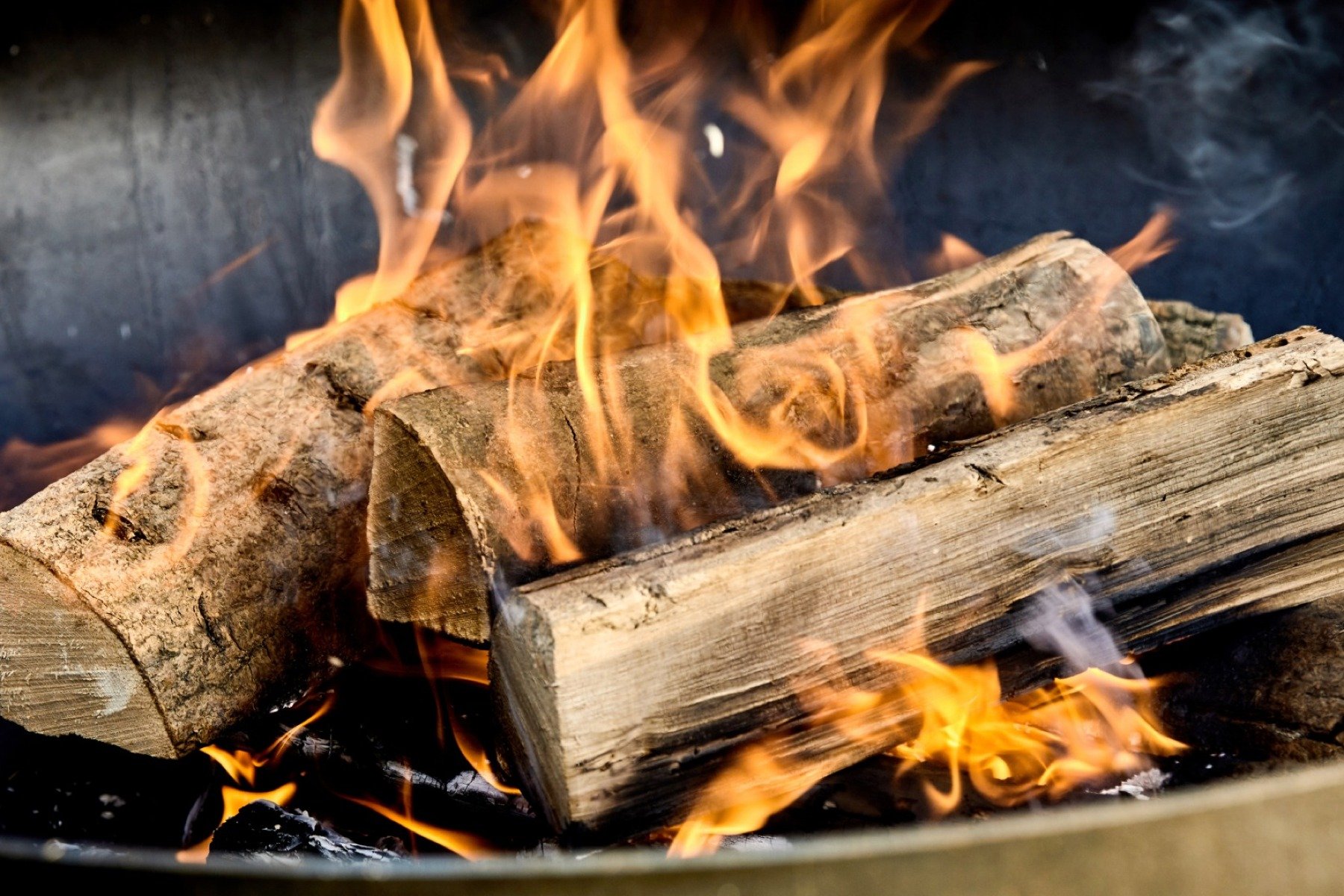
- needs to be professionally installed
- contributes to air pollution produces smoke and odour
- produces smoke and odour
- storage required for wood
- needs constant maintenance while lit
- needs regular professional maintenance to keep it safe
- chimney required, fixed position
Are ethanol fireplaces safe?

Ethanol fireplaces don’t emit the same by-products that come from burning wood – making them safer than wood-burning stoves. The 3 by-products they produce are water, heat and carbon dioxide, which has no trace amount of emissions. It makes your home – or commercial space – safer than if you were burning wood.
However, of course, it’s vital to be safety conscious, follow the instructions and use common sense when operating an ethanol fire, because it involves burning a fuel and produces a physical flame. “Put simply, mixing fire, dangerous goods and human beings is a serious business,” says Thomas. “It’s something we factor in from concept to creation and then for the operational systems for end-users.”
One of the most important tips is ensure you purchase ethanol from a reputable, quality manufacturer/supplier.
EcoSmart Fire uses e-NRG bioethanol fuel, which has been specially formulated and uses only the highest quality ingredients. The e-NRG bottles are also fitted with a flame arrester, making it the safest ethanol fuel available.
EcoSmart Fire’s product range has also been subject to extensive safety testing in the UK, EU USA and Australia – and the brand is now considered the global standard in fireplace safety. The collection is UL Listed in the USA, Certified for EU and UK in accordance with EN16647, and satisfies the ACCC Safety Mandate for Australia.
“EcoSmart Fire has safety at the forefront of our design, manufacturing, installation and operation processes,” explains Thomas. “From the inclusion of multiple built-in safety features to the use of quality, long-lasting materials, our ethanol fireplaces are designed to contain and control the element of fire.”
Furthermore, the EcoSmart website and instruction manual contains detailed instructions on filling your burner with fuel and lighting it safely (including videos for all different models of burners to ensure instructions are specific to model). Check out the full range of safety videos here.
How do you use an ethanol fireplace?
They’re actually pretty simple to use. For many consumers, this is a key reason ethanol is preferred over other fireplace fuels. Each model may have slightly different filling and lighting instructions (see model-specific EcoSmart Fire instruction videos here), however, this is generally how you operate an ethanol fire:
- Before using, read all instructions and operations manuals carefully
- Check the burner for any build up (clean out with water if necessary) and make sure it is not hot
- Fill the burner with the appropriate fuel (EcoSmart Fires use e-NRG). Ensure the burner is not filled higher than the indicated maximum level
- Put your jerrycan of fuel away before igniting your burner (at least 5 metres)
- Using the appropriate lighting device, light according to manufacturers’ instructions
- In about 20 minutes, the flame should build to a bright orange colour and can burn for 6-10 hours depending on the model
- Do not refill with fuel while lit (only ever fill when completely cool)
- Safely extinguish your burner with the provided lid/extinguisher when you are finished
How to light your burner - AB Series
How to light your burner - XL Series
Filling an EcoSmart Fire:
EcoSmart Fire has developed proprietary tools and procedures, making filling your EcoSmart ethanol fireplace with e-NRG ethanol fuel fast and easy. You can view a step-by-step filling video here.
- Step 1: remove the bottle nozzle cap and carefully insert into the filling point
- Step 2: push and hold the green button. The nozzle will automatically stop filling once the reservoir is full
- Step 3: Replace the nozzle cap.
How to fill your burner - AB Series
How to fill your burner - XL Series
How do you clean and maintain an Ethanol Fireplace?
Ethanol is a clean-burning fuel, which means that little cleaning is needed in most cases. However, it doesn’t mean ethanol fireplaces don’t need cleaning and maintenance. Fortunately, though, it’s a pretty simple process.
For their collection of ethanol fireplaces, EcoSmart Fire has prepared an easy-to-follow video on cleaning and maintenance of their fires this video:
For EcoSmart Fires, cleaning of the ethanol burner should be done only after you’ve used 50 litres of fuel or as soon as you notice a black residue forming around or on the burner. Key tips include:
- always ensure the burner is off, empty of ethanol and at room temperature (never clean an ethanol fireplace when it’s running or still hot)
- spray a multi-purpose cleaner on the surface of the burner and wipe with cloth (make sure you wipe in the direction of the ‘grain’ of the burner)
- if material has fallen into the ethanol fireplace burner, use a vacuum cleaner to remove debris through the burner opening
- if your burner smells unusually strong after extensive use, remove the burner (make sure it’s at room temperature) from its surround and wash in hot, soapy water. Rinse thoroughly under running water and wait until the burner is completely dry before placing it back into its surround and reusing
- never use steel wool or scrubbing brushes/sponges, as these will scratch the surface
- use a glass cleaner to clean the fireplaces glass screens.





